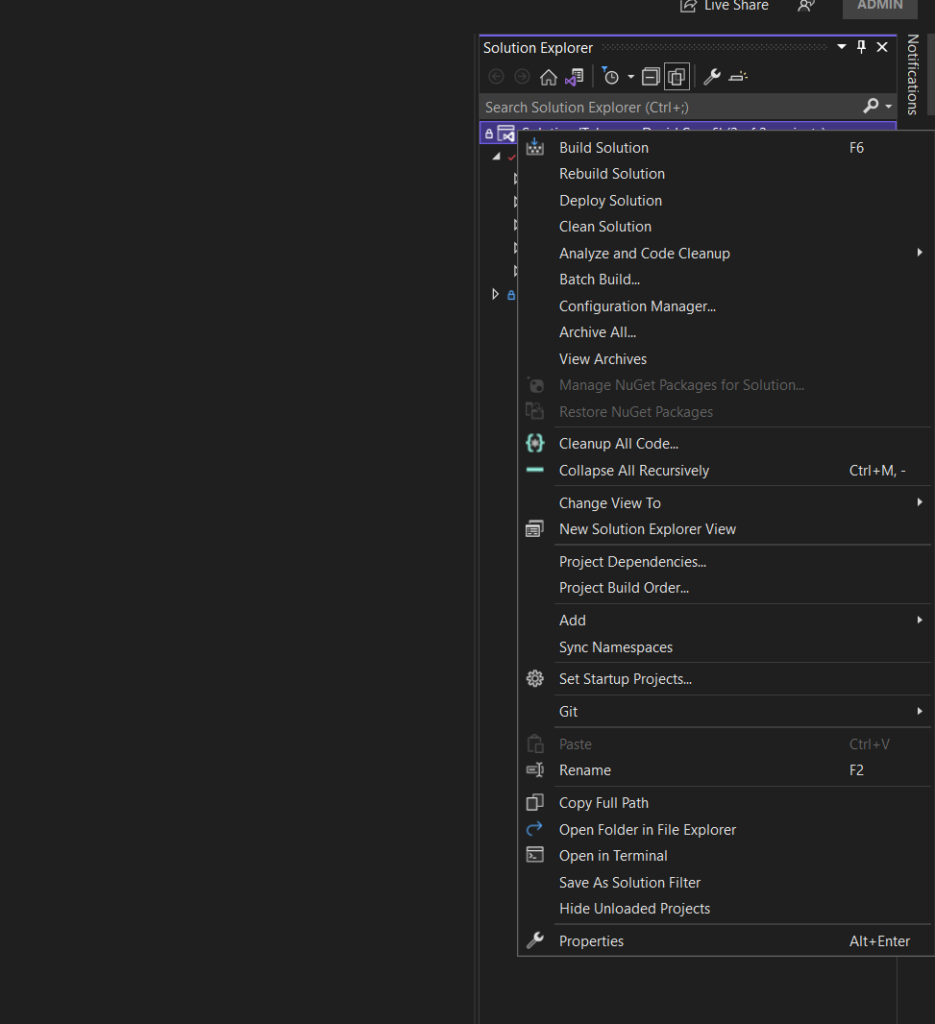In modern .NET development, NuGet packages have become the **backbone of code sharing and reuse**. But simply publishing a package isn’t enough. To ensure reliability, scalability, and developer trust, you need a **clear versioning strategy** and a **well-planned distribution model**.
A good approach helps you:
– Maintain compatibility across projects.
– Avoid breaking changes for consumers.
– Automate updates and ensure security.
– Improve the developer experience both internally and externally.
In this guide, we’ll walk through best practices for **optimizing versioning and package distribution strategy for NuGet packages**, including semantic versioning, private feeds, CI/CD integration, and governance models.
Why Versioning and Distribution Matter
When teams don’t have a proper versioning and distribution strategy, problems quickly arise:
– Breaking changes cause production failures.
– Inconsistent package usage leads to dependency hell.
– Developers lose trust in shared components.
– Security patches are hard to propagate.
A robust strategy ensures **predictability**, **traceability**, and **consistency**. It’s especially important when your packages are used across multiple solutions, teams, or even external consumers.
For background, you can check the official
Understanding Semantic Versioning
At the heart of any versioning strategy is **semantic versioning** (SemVer). This system makes it easy to communicate how updates impact compatibility.
A semantic version has three parts:
– **MAJOR**: Introduces breaking changes.
– **MINOR**: Adds new features in a backward-compatible way.
– **PATCH**: Fixes bugs without changing the API.
For example:
– `1.0.0` – Initial release.
– `1.1.0` – New feature, no breaking change.
– `2.0.0` – Major changes, may break compatibility.
Benefits of semantic versioning:
– Makes upgrade impact predictable.
– Allows consumers to automate dependency updates safely.
– Encourages disciplined release management.
> **Tip:** Avoid skipping versions. A clean, incremental version history is critical for maintainability.
Choosing the Right Versioning Strategy
Different projects may require different versioning strategies depending on their size, criticality, and audience.
Common strategies:
– **Strict SemVer** — Ideal for libraries shared externally.
– **Date-based versioning** — Useful for internal tools and fast iteration cycles.
– **Feature-branch versioning** — For experimental builds or pre-releases.
Key considerations:
– Who consumes your packages (internal teams vs public)?
– How often do you release new features?
– How do you handle breaking changes?
**Pro Tip:** For public libraries, **strict SemVer** is strongly recommended. For internal tools, flexibility may be acceptable.

Automating Versioning with CI/CD
Manual versioning is error-prone and inconsistent. Automation through CI/CD ensures **accuracy and repeatability**.
How to automate versioning:
1. Use build pipelines to **increment versions automatically**.
2. Tag releases in Git and use these tags to generate package versions.
3. Enforce versioning rules through scripts or plugins.
4. Validate version numbers before publishing.
For example, a GitHub Actions pipeline can use commit messages to bump versions automatically, ensuring that `MAJOR`, `MINOR`, or `PATCH` updates happen consistently.
Distribution Options: Public vs. Private Feeds
Once you’ve versioned your package properly, the next question is **how to distribute it**. There are two main approaches:
Public Feeds
– Platform
– Pros: Broad audience, easy to integrate, visibility.
– Cons: Must maintain strict quality and security standards.
Private Feeds
– Platforms: Azure Artifacts, GitHub Packages, internal feeds.
– Pros: Controlled access, flexible release management, enterprise security.
– Cons: Limited visibility outside the organization.
Many teams use a **hybrid model**: stable versions on nuget.org and internal versions on private feeds.
Managing Pre-release and Stable Versions
NuGet supports **pre-release versions**, allowing developers to publish builds that are not yet production-ready.
How pre-release works:
– Use suffixes like `1.2.0-beta` or `1.2.0-rc1`.
– Consumers must explicitly opt in to install pre-release packages.
– Ideal for testing, feedback, and early access programs.
Best practices:
– Keep pre-release clearly separated from stable builds.
– Use automated pipelines to promote builds from beta to stable.
– Document changes clearly in release notes.
This helps avoid confusion among consumers and builds confidence in your release cycle.

Governance and Maintenance Practices
Good versioning and distribution also require governance to ensure consistency across teams and time.
Governance essentials:
– Establish internal policies for versioning (e.g., when to bump major vs minor).
– Use code reviews and automated checks before publishing.
– Maintain changelogs and release notes.
– Define roles for who can publish and manage packages.
Implementing governance minimizes accidental releases and inconsistent practices that can lead to production issues.
Monitoring and Improving Your Strategy
A good strategy is never static. Once your versioning and distribution approach is in place, monitor its effectiveness and iterate.
Useful metrics:
– Package adoption — Which versions are in active use?
– Upgrade frequency — How often do consumers update to newer versions?
– Download counts — Measure public and internal usage.
– Issue frequency — Track if releases are causing problems.
Tools to help:
– NuGet.org insights for public packages.
– Private feed analytics for internal packages.
– CI/CD logs to detect deployment issues early.
Regular reviews keep your strategy aligned with team growth and project complexity.
Optimizing versioning and package distribution strategy for NuGet packages is not just a technical best practice — it’s a critical part of modern software engineering.
By applying:
– Semantic versioning,
– Automated pipelines,
– Well-chosen distribution models, and
– Clear governance,
you can ensure your NuGet packages remain stable, trustworthy, and easy to adopt.
Whether your audience is internal teams or a global developer community, a strong versioning and distribution strategy will help your projects scale with confidence and consistency.
